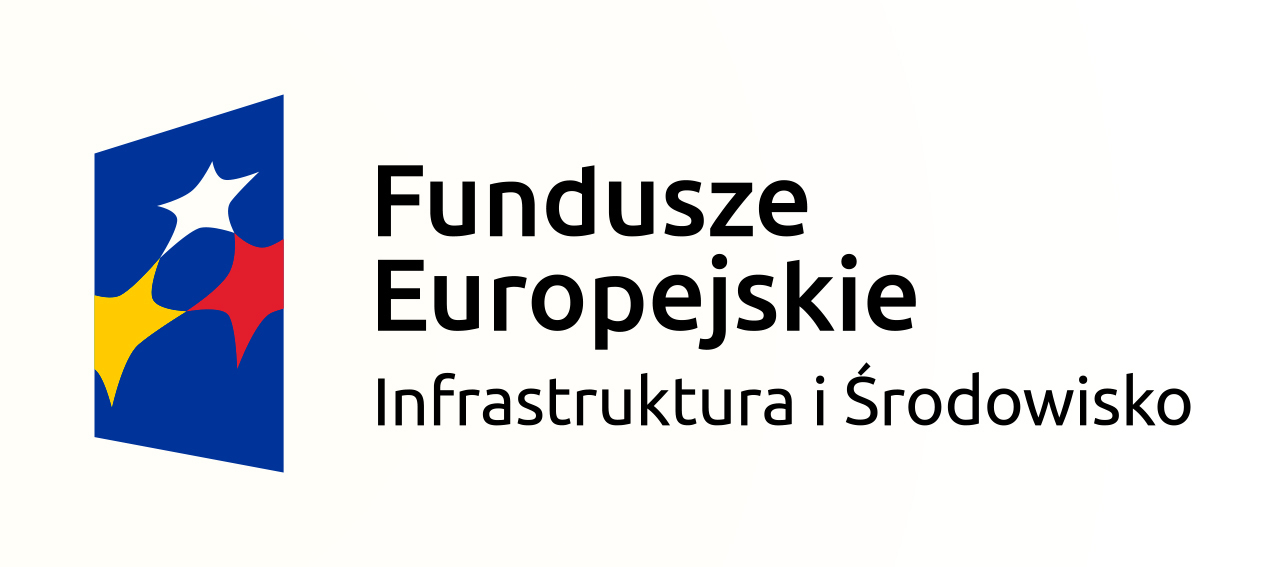POLLUTED GROUNDWATER PLUME
Defining the reach of a polluted groundwater plume remains the quintessential issue when assessing contamination levels in any soil-and-aquatic environment. Pollutants migrating within an aquifer is a spatial phenomenon, basic field studies pointing to considerable differentiation, i.e. the heterogenic nature of a pollution plume.
A polluted groundwater plume begins forming once contamination exits the source, or cluster. The plume can spread vertically, horizontally and laterally across the entire aquifer, benefitting from infiltration, migration, water exchange between layers, and interaction with surface waters. The local pollutant transportation flow is determined by the distribution of pressure, or local hydrological conditions – in terms of regional consequences, the direction of contaminant flow is adapted to that prevalent in the region, determined in turn by the local drainage basin.
Any analysis of pollution levels for Quaternary groundwaters in the “Zielona” waste landfill complex area, interpretation of polluted water migration flows included, has to reference values and properties of the hydrogeochemical background identified for the entire site of the “ZACHEM” Chemical Plant in Bydgoszcz. The background bases on hydrogeochemical studies (Pietrucin 2015) and water samplings in intake zone “S” and the related monitoring grid. Potable water intake “S” is located in the south-western section of the Plant, on the inflow of clean, unpolluted Quaternary groundwaters. The chemical composition of intake water is stable, the intake regularly inspected by the Municipal Sanitary-and-Epidemiological Station in Bydgoszcz, the water itself drinkable without need to treat for iron or manganese.
Uncontaminated groundwater of the Quaternary aquifer throughout the site of the former “ZACHEM” Chemical Plant in Bydgoszcz is of hydrogeochemical type Ca-HCO3, water mineralisation ranging from 242 to 406 mg/L, the arithmetic mean reaching 353 mg/L. The dominant ion concentration rate has been confirmed at 42 do 79 mg/L and 165 to 254 mg/L for calcium and bicarbonates, respectively. Iron and manganese concentration rates remain below 0.1 mg/L, albeit geogenically determined values for both elements in the Kujawy region Quaternary groundwaters are generally elevated. The water reaction is slightly alkaline (pH values ranging from 7.72 to 8.25), eH values ranging from +61 to +232 mV following hydrogen probe reduction.
The pollution plume delineated for the “Zielona” waste landfill complex area is highly complex in structure, comprising both organic and inorganic pollutant components. Yet a tentative analysis of the degree of inorganic (chiefly chloride-related, Cl-) contamination and identification of actual migration flows and rates allowed a relatively precise assessment of the extent of the soil-and-aquatic environment contamination caused by other chemicals, mainly organic.
Extent of contamination identified for the soil-and-aquatic environment in the “Zielona” industrial waste landfill complex area (zones delineated on the basis of a hydrogeological model developed by the AGH University of Science and Technology in 2017)
A precise diagnosis of environmental quality on site and in approach areas of the “Zielona” industrial waste landfill complex is extraordinarily difficult, given the combined migration of organic and inorganic substances across the aquifer. Due to assorted intensities of sorption and decomposition processes, the water pollution plume comprises multiple overlapping plumes formed by individual pollutants.
In attempting to define the plume contamination extent, one might choose to focus on conservative components. The chloride ion Cl- is one such component indicator; absent in the oxidation and reduction processes, it is barely part of adsorption-and-exchange processes and rarely forms complex compounds, all of which makes it the fastest groundwater-migrating ion. It can be used to assess the velocity of actual groundwater flow as a tracer, and/or to identify water flow directions. Adopting the worst imaginable migration scenario makes it possible to determine the maximum and realistic pollution plume range.
With regard to the “Zielona” industrial waste landfill complex, the highest chloride concentration rates have been identified in the immediate vicinity of the complex site. The pollution plume spread generally corresponds to the direction of groundwater flows in Quaternary formations, north-east of the River Vistula. Consequently, pollution spreads across the aquifer while undergoing stratification, i.e. vertical differentiation. Relatively lowest chloride concentration rates in the plume have been recorded by piezometers of the barrier intake monitoring grid, and by monitoring grid piezometers of the State Hydrogeological Service, the latter located at peripheries of the maximum contamination range identified by the AGH University of Science and Technology in 2017. An approximate hydrogeological background chloride value of 17 mg/L has been ascertained for Quaternary waters in the area.
Did you know?:
The average groundwater temperature in Poland reaches around 10°C.
Kids, did you know?:
Do you know that when watching industrial stacks emitting trails of smoke on a sunny day with mild winds, the shape of the cloud of smoke will hint at pollutant concentration distribution, resembling the related polluted groundwater plume? Corresponding to the direction of winds and groundwater flows, this is the exact shape of contamination spreading underground!
Reference sources:
1. State Water Holding “Polish Waters” (2002) – WOW, czyli Wszystko o Wodzie (WOW, or the Wonders of Water) – Water Pollution (episode 7)
2. M. Czop, D. Pietrucin (2016) – Comprehensive assessment of the soil-and-aquatic environmental contamination on the site of the former “ZACHEM” Chemical Plant in Bydgoszcz, including a list of activities required for effective remediation
3. D. Pietrucin, M. Czop (2015) – Modelling of chemical migration under the overlapping impact of multiple and diverse pollution sources in the area of the “ZACHEM” Chemical Plant (Bydgoszcz, northern Poland)
4. To Do Media. Ecological Education Centre of the Water and Sewage Company in Jastrzębie-Zdrój, Inc. (2017) – Animated educational film: Water Circulation in Nature




